Screen printers are used to create posters, artwork, bold canvases, print fabrics, and textiles. The screen printing technique is widely used because of the many advantages it comes with. These printers can produce vivid colors even when used to print darker fabrics. Also, the screen printing technique makes it possible to reproduce the same design over and over again. Many of these screen printers are available in the market, which makes it a bit tricky to know which ones to invest in.
In this article, we are going to focus on the ultimate guide to buying suitable screen printers. Additionally, we will look at the market share, demand, size, and expected growth of the screen printers market.
Table of Contents
Overview of the screen printers market
Types of screen printing
The ultimate guide to buying screen printers
Conclusion
Overview of the screen printers market
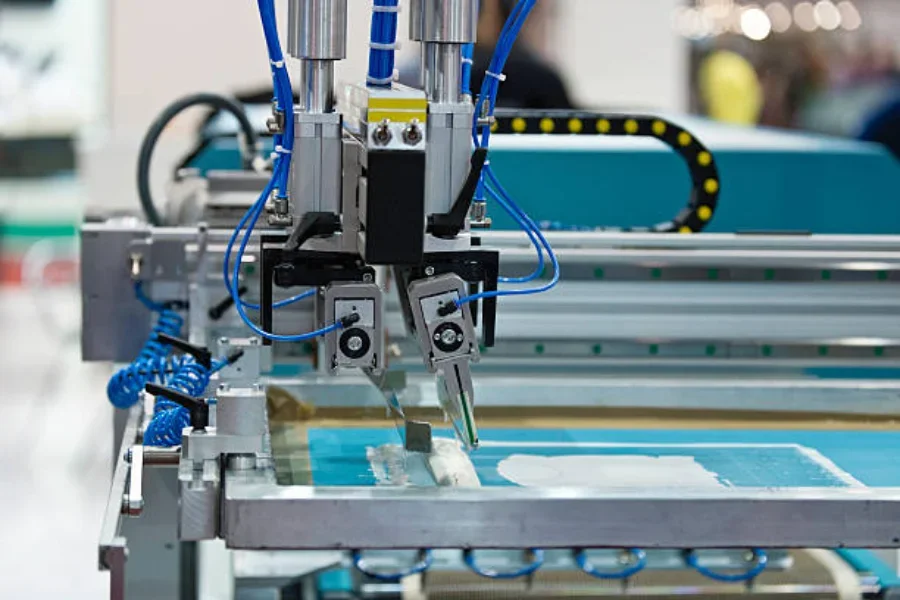
The demand for screen printing is rapidly increasing at the international level. Advertisers are the key market for the screen printing industry. The marketing products created by this industry include branded stickers, apparel, and posters. Generally, as advertising increases, the demand for screen printing equipment increases as well.
According to ReportLinker, the global screen printing market was valued at USD 2.4 billion in 2020 and is projected to hit a size of USD 6.8 billion by 2027, growing at a CAGR of 15%. The liquid crystal display (LCD) segment, the one with the highest market share, is growing at a CAGR of 18.2% to reach USD 1.7 billion by the end of the forecast period.
Regionally, the U.S. market was estimated at USD 663.3 million in 2020. China came second with a forecasted CAGR of 21.6% to reach USD 1.6 billion by 2027. During the same period, Canada and Japan are expected to expand at CAGRs of 14% and 10.6% respectively.
Types of screen printing
1. Sport color screen printing
This is the most common screen printing method. It uses the stock color of the ink and prints it through a stencil of a mesh. It is simpler and produces a solid spot color with vibrance. Moreover, the method is an excellent choice for printing on jackets, t-shirts, and hoodies.
2. Halftone screen printing
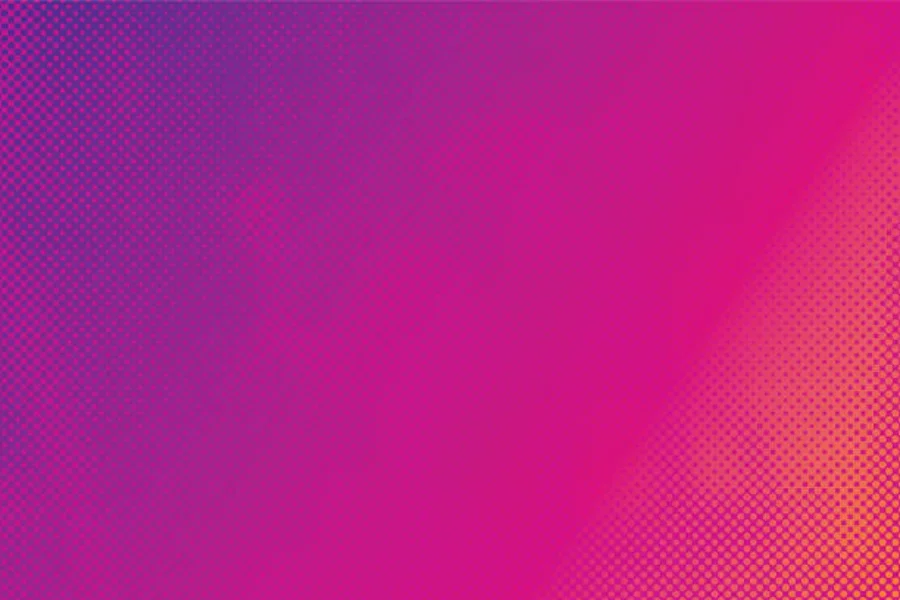
This printing technique uses a single color of ink which gets half-toned and appears as a different shade from a distance. The technique easily obtains a multi-color print look. Interestingly, the usage of one color of ink makes this method cost-effective.
3. Grayscale screen printing
Grayscale printing gives excellent results when printing full-color images as halftones or one-color grayscales. A halftone containing more dots makes the print look more detailed. This method pulls out the RGB, color scales, or CMY only in shades of grey. It is cost-effective in printing black-and-white patterns and designs onto fabrics.
4. Duotone screen printing
The duotone printing technique combines two halftones to print the intended image with two colors. Initially, a black halftone is pressed using black ink. Afterward, the second halftone is printed using color ink. This method gives artsy and sophisticated effects similar to the sepia-toned print in photography.
5. Simulated process printing
This printing process combines spot color printing and four-color printing techniques. It is useful for both darker and lighter shades, so it provides versatility for buyers intending to achieve photorealistic detailed prints.
6. CMYK
CMYK, also called 4-color printing, is the most complex method of screen printing. This technique employs the combination of the four basic colors magenta, cyan, black, and yellow to produce the desired color tones. Although it can be done manually, to ensure quality results, the printing process should be executed on automatic presses.
The ultimate guide to buying screen printers
1. Available space
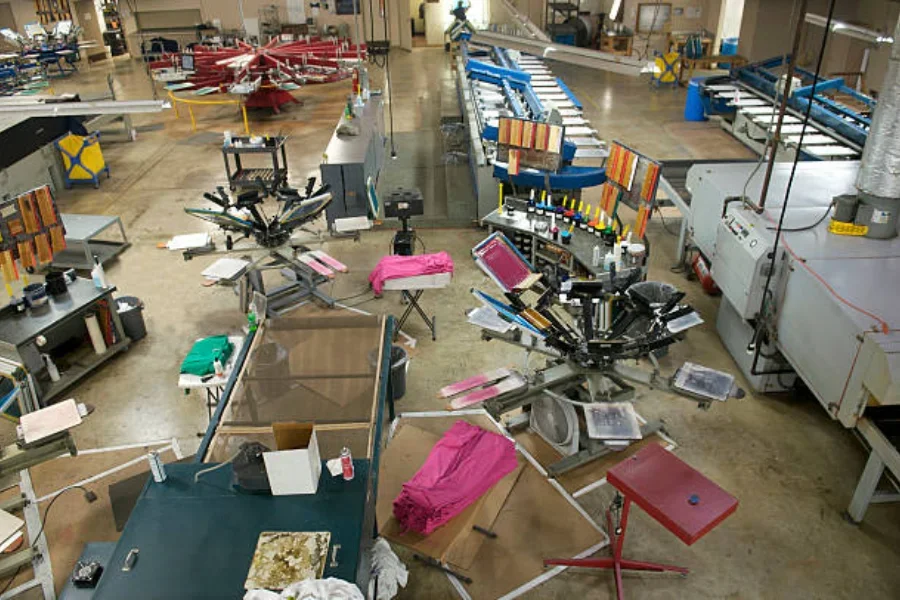
Space is among the most important factors to be considered when acquiring a screen printer. Buyers should ensure there is enough room—preferably 900 square feet—to accommodate the machine, the operators, and storage for the materials being printed. If a buyer has limited space, they would opt to purchase tabletop screen printing equipment. Furthermore, there are tons of reliable screen printing machines that vary in size and can fit in the space provided.
2. Cost
Buyers’ budget is one of the factors that determine the type of screen printing machines they can purchase. For instance, the price for factory automatic silk screen printing machines ranges from USD 32,000 to 65,000. Such a big investment will guarantee lots of multi-color prints. Also, the peripheral devices complimenting the screen printers have different prices. Buyers should ensure they purchase presses that have affordable and easily available peripherals. Additionally, they should look out for printers that are of low maintenance. The repairs and replacement of parts should not be expensive.
3. Production volume
The number of stations and colors is closely related with production volume as well as cost. Generally, the number of colors used in various designs equals the number of print heads available on the press. This includes an extra head designed for a white under-base to be used when printing on dark or black garments. Notably, every head can hold one screen and each screen representing a stencil has one color at a time. On average, most production printers have a range of 4 to 8 color screen printers. Buyers need to understand that the more colors they intend to print the more print heads are required on the press. This will be helpful when handling multiple jobs with tight deadlines.
4. Durability
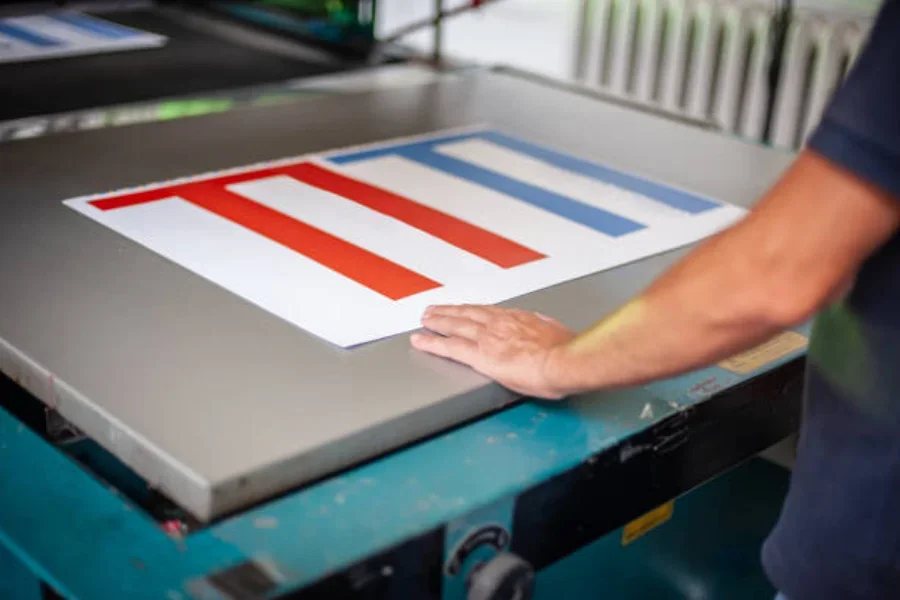
When it comes to durability, screen printing has an advantage over other printing methods like offset lithography. This is because screen printing applies heavy ink coverage, which results in durable designs. There are specific coatings and additives that make the ink resistant to scratches from UV rays, chemicals, and moisture. This ensures that screen-printed products are used outdoors and in other harsh environments without fading. Buyers should go for screen printers that offer the aforementioned specialties. In combination with proper use and regular servicing, the press equipment should last for a long time to handle the production demands.
5. Manual or automatic
Generally, a manual screen printer is used for start-ups and small-scale printing businesses. On the other hand, automatic presses require more space, cost more, and produce higher volumes of output. This means when buyers want to choose between manual or automatic presses, they should also consider their budget, space, and production volume. The majority of screen printers start off as manual printers and advance to automated printers as the demand increases. Buyers should plan based on their demand and only then acquire a suitable screen printing machine.
6. Defect rate of the machine
Screen printing manufacturers have a defect rate of 2-5%. In other words, if a buyer intends to print 100 shirts, they might misprint 2 to 5 shirts. This might result in lateness in delivery, especially when working on bulk projects under tight schedules. Sometimes, garment manufacturers supply defective materials, which also increases the machine’s defective rate. Buyers need to be careful as they select screen printing machines and materials to be printed to avoid disastrous results.
Conclusion
For buyers to achieve sharp and clean prints, the screen printers need to have the right tools for the intended tasks. Whether manual or automatic, buyers need to understand the ins and outs of the screen printing process to select the appropriate equipment for their production lines. Considering the factors discussed above, a calculated investment in a proper screen printer will give great returns and make it last a lifetime. Finding the perfect screen printing machine should no longer be overwhelming as buyers can simply visit Alibaba.com.
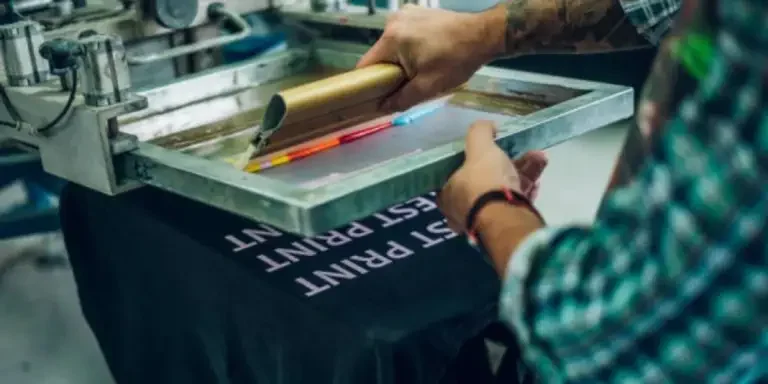




 Afrikaans
Afrikaans አማርኛ
አማርኛ العربية
العربية বাংলা
বাংলা Nederlands
Nederlands English
English Français
Français Deutsch
Deutsch हिन्दी
हिन्दी Bahasa Indonesia
Bahasa Indonesia Italiano
Italiano 日本語
日本語 한국어
한국어 Bahasa Melayu
Bahasa Melayu മലയാളം
മലയാളം پښتو
پښتو فارسی
فارسی Polski
Polski Português
Português Русский
Русский Español
Español Kiswahili
Kiswahili ไทย
ไทย Türkçe
Türkçe اردو
اردو Tiếng Việt
Tiếng Việt isiXhosa
isiXhosa Zulu
Zulu